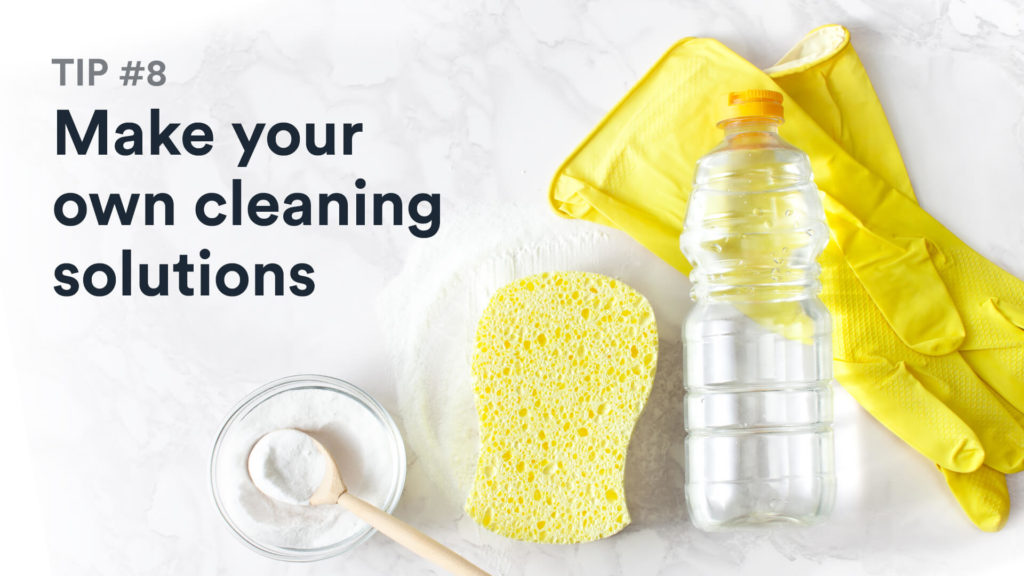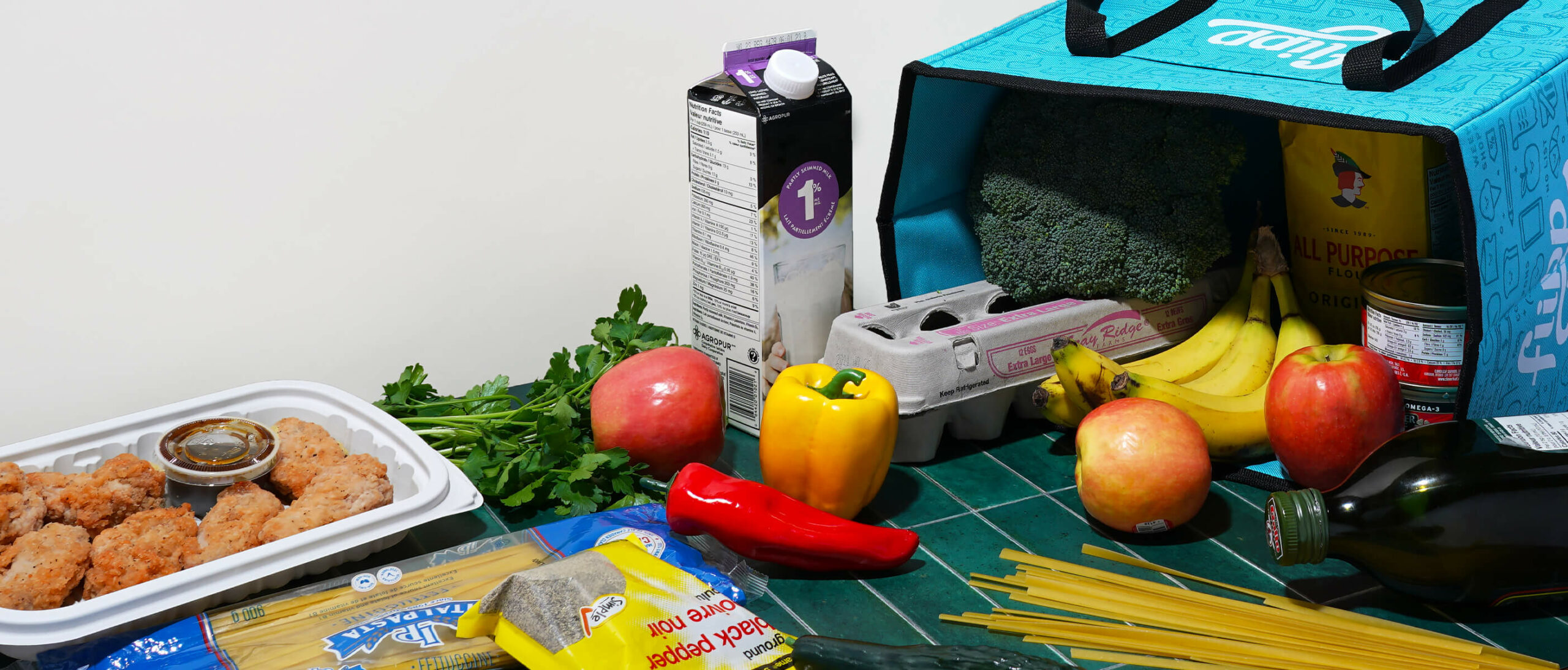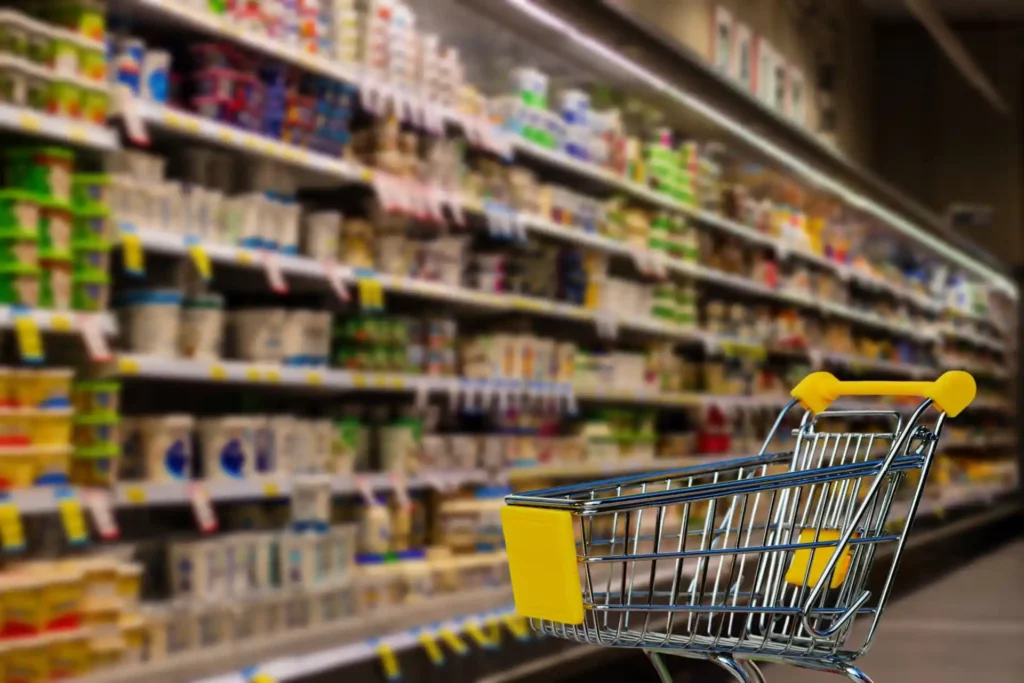Looking for ways to go green but are worried that it’s an expensive option? Well, what if we told you that there are ways to be green without spending a lot of green (see what we did there?). Try incorporating a few of these tips into your day-to-day life, and see how you minimize your environmental footprint!
- Re-use, re-use, re-use – Recycling is great, but it’s not a perfect process. Instead of chucking everything in the recycling bin, focus on reusing things as much as possible. For example, you can re-use empty glass jars to store food or use those takeout containers to pack your lunch in.
- Use what you have before buying – Before you buy, be sure to use items you already have first. You don’t want to spend money doubling up, so before you buy that cute, new shopping tote, use the ones you have for as long as possible.
- Borrow, don’t buy – Before buying something, be sure you’re going to be using that item often. If you’re only going to need a pressure washer for spring cleaning your garage once a year, try to borrow one from a friend or neighbor. You can even check out borrowing forums online.
- Make coffee the old-fashioned way – Coffee pod coffee makers are convenient, but most of those plastic pods never get recycled. Opt for a cheaper coffee maker with a reusable filter. Not only will you save on the machine itself, but buying loose ground coffee is a lot cheaper too.
- Ditch the saran wrap – Once your tube of plastic saran wrap runs out, look into getting reusable silicone food huggers or natural beeswax wrappers to keep your food sealed and fresh for longer.
- Find deals digitally with Flipp – If you don’t appreciate all the paper and energy that’s wasted getting ads to your mailbox but don’t want to miss out on deals, the free Flipp app is the solution. Flipp has all your local weekly ads digitally on your phone, tablet, or laptop. Once you’re ready to say goodbye to paper ads, here are some instructions on how to stop receiving advertising mail in the U.S. and Canada.
- Buy less prepackaged food – Fruits and vegetables wrapped in plastic are all too common, and although conveniently wrapped and portioned out, they come at a cost. Shop the old-fashioned way by picking out your own fruits and veggies without all the extra packaging. If you can, use a reusable produce bag too!
- Make your own cleaning solutions – Did you know that you can make your own cleaning products using common household items like vinegar and baking soda? These non-toxic, natural alternatives will do the job while saving you money. Check out DIY Spring Cleaning Products to Save You Money for instructions.

- Drink water from the tap – Ditch the plastic water bottles or gallon water jugs. In most parts of the United States and Canada, tap water is safe to drink. If you’re not a fan of the taste, you can install your own water filter, or get a pitcher with a filter that can be reused.
- Walk or bike when possible – Save money on gas and transportation costs by walking or biking short distances when possible.
- Take public transportation or carpool – Gas prices are out of control right now, so consider carpooling to work or taking public transportation if available. You’ll save money and help reduce emissions.
- Bring your own on-the-go cutlery set – Are you someone who eats outside of your home often? Say no to single-use plastic cutlery and bring your own cutlery set that can be reused over and over.
- Shop in stores – Online shopping is convenient, but it’s not the best for the environment. The study, “Does Shopping Behavior Impact Sustainability?” conducted by Deloitte, found that a number of factors, including increased returns and additional packaging, contributed to e-commerce’s negative environmental impact. Shop the old-fashioned way and enjoy a nice walk through the mall to get your steps in while you shop. Talk about retail therapy!
- Buy second hand – Whether you’re shopping for classic fashion pieces at a thrift store or scrolling through Facebook marketplace for a piece of furniture, buying second-hand is better for the environment compared to buying a brand new product that uses up resources and energy to produce.
- Use the shopping bags you already have – Nobody’s perfect, and sometimes we may forget our reusable shopping totes at home. So if you have to use plastic bags, be sure to reuse them for as long as you can. Use them as trash bags or even keep them in your car to use again for your next grocery haul.
- Switch to cloth napkins – Instead of buying single-use paper towels or napkins, save your dollars and invest in cloth napkins that can be washed and reused for years to come.
- Repurpose old cotton shirts as cleaning rags – Textile waste is a huge issue, so try minimizing it by repurposing old clothes as cleaning rags. Did you know that cotton shirts are great for cleaning screens and glass smear-free?
- Stop power leaks – Save on electricity by unplugging all devices when they’re not in use. Having your toaster, blender, and other appliances plugged in contributes to “phantom power” that creeps up in your energy bill.
- Use water efficiently – We are so fortunate to have clean, running water with a quick turn of a knob, which makes it easy to forget how precious of a resource this is. Conserve water by making a few tweaks such as using your automatic dishwasher for full loads only, or reusing cooking water for watering plants. Don’t forget to turn off the water while brushing your teeth or shaving!
- Tweak your diet – Eating a more plant-based diet and cutting red meat intake will not only reduce your grocery bill but is more environmentally friendly and better for your health. A win, win on all fronts!
Even if you only try a few of these, you can rest assured knowing that you’re making a difference to help bring a positive change to the environment you live in.




















